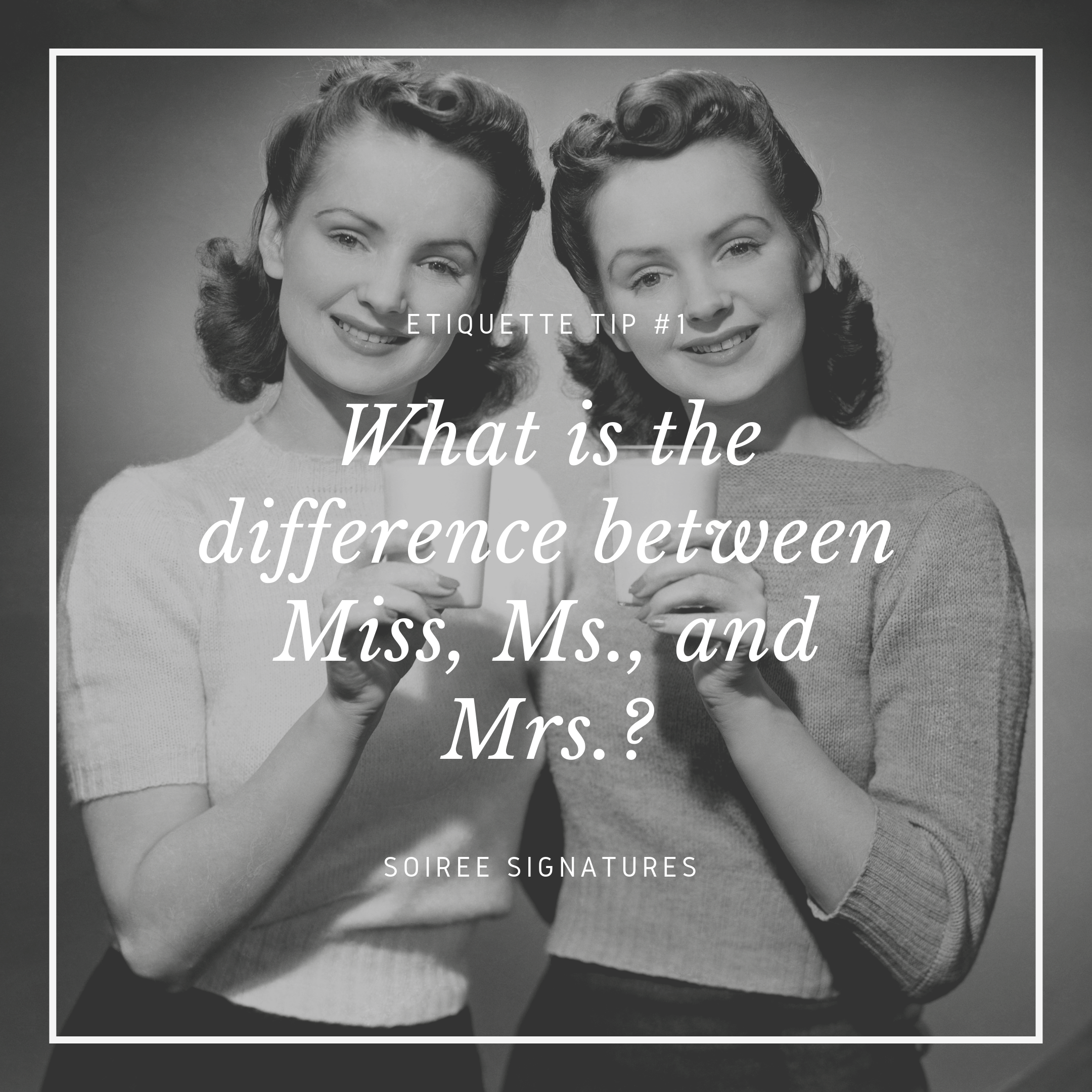Understanding the Differences Between Mrs., Miss, and Ms.
Using the wrong title in addressing can be embarrassing. Therefore, it is important to understand the differences between commonly misused titles. Titles for women, in particular, can be confusing because there are so many to choose from. We want to help clear the air!
“Mrs.” is the most straightforward. Use the prefix “Mrs.” before the last name of a married woman. It is also appropriate to use the title “Mrs.” before the last name of a widow or divorcée who has decided to keep the last name of her ex-husband.
Here comes the tricky part! What is the difference between “Miss” and “Ms.” and when do you use them? “Miss” is traditionally used as a title for an unmarried woman. “Ms.” became popular during the women’s movement in the 1970s. Women wanted a title for themselves that did not indicate their marital status. They argued that the title for a man, “Mr.”, did not indicate the marital status of the man, but the two titles for a woman, “Miss” and “Mrs.”, indicated whether or not a woman ‘belonged’ to a man. They demanded a title that did not assume marital status, and thus, “Ms.” was born!
As much as we wish we could tell you it was easy to know when to use “Miss” and “Ms.”, we can’t. Our best piece of advice is to know your audience. The purpose of etiquette, after all, is to avoid offending someone. It is up to you to decide what you think your friends and family will prefer.

